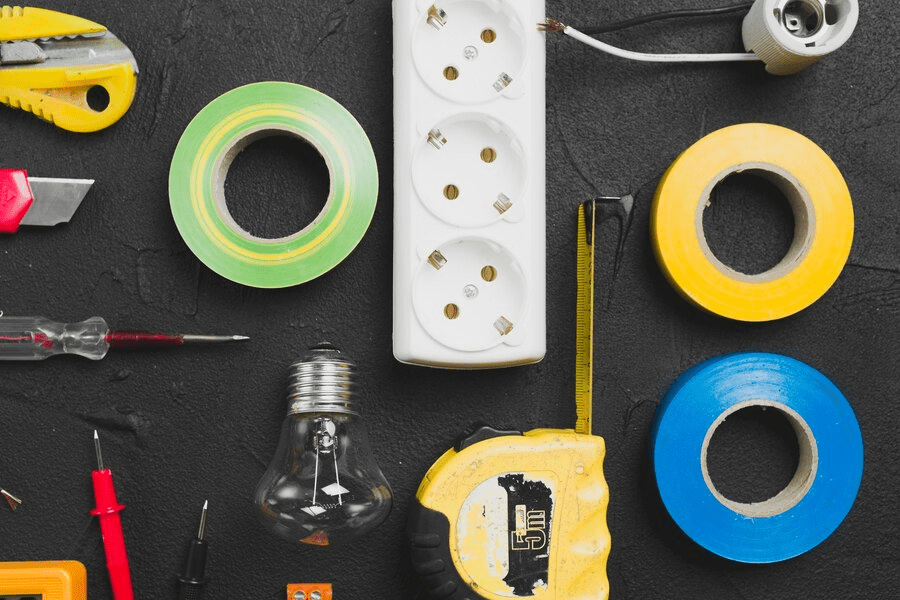


Electronic parts procurement is one of the most critical processes, ranging from consumer electronics to automotive and aerospace and many more in today’s technologically fast-paced world. The process of sourcing components is quite complex, especially with the unprecedented speed of advancement in technology and global supply chains. This blog will undo the mystery of procurement practices, key considerations, and best practices in managing electronic parts.
Procurement plays a vital role in the acquisition of electronic parts and components, which companies need to produce their product efficiently and effectively. It directly affects product quality, time-to-market, and the profitability of the business enterprise as well. Given the nature of the electronics industry with rapid innovation cycles and ever-growing demands on customization, strategic procurement plays an even more pivotal role.
Must Read: Electrical Wires Supplier NYC
Identify the specific electronic components that you need for your project. You’ll have to cooperate with other engineering teams to know technical specs and even the quantities required; make as much detail as possible in the list by indicating part numbers, descriptions, and standards for regulatory compliance.
Now, after knowing what you need well, research potential electronic part suppliers in NYC. Identify those companies that sell electronic components and have excellent reputations in the market. While selecting one, you must consider the following issues:
The preparation of a short list of potential electronic part suppliers in NYC will make it easier to select the vendor.
Once you have some potential electronic part suppliers in NYC, you can send an RFQ. The RFQ should contain detailed specifications, quantities, delivery timelines, and everything else needed. This will ensure that you get the best quotes for your requirements. When you start doing the final analyses of quotes, consider lead times along with terms, shipping costs, etc., apart from mere cost.
Once you have the quotes, assess each supplier against your set criteria. This includes an assessment of pricing, lead times, and other terms. It would help if you were not afraid to negotiate, and most suppliers will discuss prices and terms to seal a deal. Remember that a long-term relationship with a supplier will ideally lead to better pricing and support in the long run.
Now you have selected your supplier, now it is time for ordering. Ensure that each term and condition is explicitly stipulated on the purchase order, which includes delivery schedules, payment terms, and warranty information. During this stage, it’s pretty essential to maintain open communication with your supplier in case of a problem.
During the delivery of electronic components, inspect them in detail to ensure they meet the specifications. In this regard, it is considered a wise move to inspect them for visible damage and confirm whether the correct parts have been delivered. Implementing quality control at the component delivery stage prevents problems further down the line in production.
Read More: Electrical Fittings Distributor
After the supplies have arrived, proper inventory management is in play. These include recording usage parts, stock level, and forecasting future needs. A sound inventory management system works effectively because it helps cut costs, reduces waste, and ensures that when you need a suitable component, it is available.
Electronic parts, along with their vast array of components’ procurement, can be full of dilemmas. Some of the challenges include:
To overcome these issues, the best practices enunciated below will be followed:
Understanding electronic parts and components procurement is integral to any business within today’s technology horizon. Strict adherence to a process or procedure, combined with scrutiny of suppliers, would aid organizations in critically separating the wheat from the chaff of procurement controversy and confusion. Adaptation and information will become essential as the industry further evolves to ensure competitiveness and winning product success in the marketplace. To get more information Contact Us.










© 2026 Fran-Co Electrical Supply Inc. All Rights Reserved.
Crafted with Love: DigiCorns